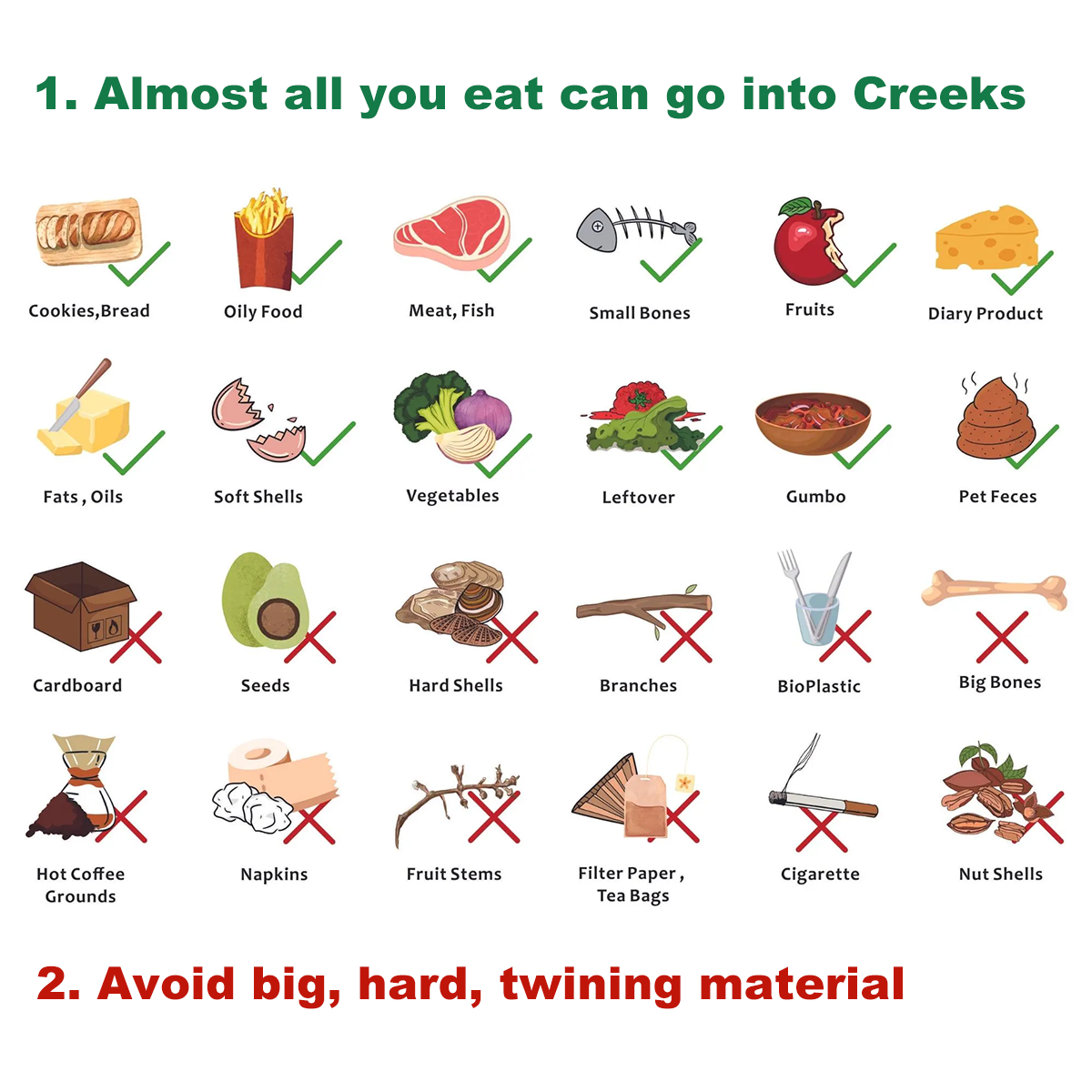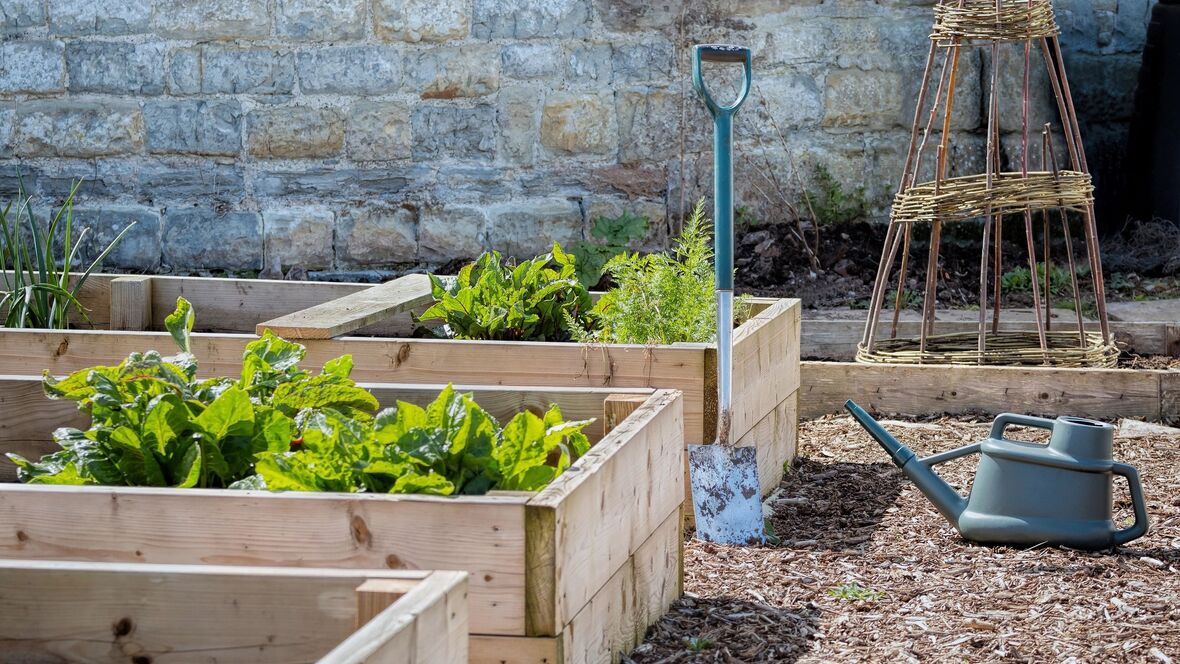Some people believe composting is too complicated, smells too bad, takes too much time, and is a messy affair. This is untrue, as it is, in fact, quite easy and quick to make your compost if you know how to do it. It is also worth making organic compost, where only food and yard material not laced with pesticides and synthetic fertilizers are used.
This is something that you should begin doing if you have not already, as it comes with a myriad of benefits. Composting in general is a great solution and is crucial in diverting organic waste from landfills, where if deposited would release the potent greenhouse gas methane. While saving the planet, you will also get rich homemade fertilizer out of it, which can be added to your garden for healthy and strong plants.
Benefits of Composting
- Protects the climate by reducing methane emissions from landfills.
- Recycles organic materials into a valuable soil amendment – compost.
- Recovers organic materials and keeps them local.
- Extends municipal landfill life by diverting organic materials and saving space in landfills.
- Reduces solid waste management costs because food scraps are one of the largest and heaviest portions of the waste stream, making their recovery more cost-effective than disposal.

It is often unnerving for those who are new to composting to know which items belong in the compost bin. Here is a quick list made up of items you can find in your kitchen, garden, and perhaps generally in your house that can be composted (ensure that these items do not contain artificial chemicals if you are looking to make an organic compost):
- Vegetable scraps
- Fruit scraps
- Nuts, nutshells
- Eggshells
- Coffee grounds
- Tea leaves
- Yard trimmings
- Grass clippings
- Leaves
- Twigs
- Wood chips
- Straw
Items that should not be included in an organic compost:
- Shredded cardboard
- Shredded newspaper
- Vacuumed materials
- Glossy paper
- Shavings from treated wood
- Animal products

There are various ways you can compost. If you’re not interested in making your at-home compost, leave it to your municipal waste collection service. Look up if they offer a compost bin – they most likely will. The only thing you need to do is ensure that you have properly disposed of the correct compostable items in your compost bin, and you’re good to go!
If you would like to take on a more hands-on approach to composting, you can do so by creating an indoor or outdoor compost. Outdoor compost is easy and quick to accomplish; however, it may not be possible for those who do not have access to yard space. If you’re an apartment dweller, it would be more advantageous to compost indoors.
Before starting your compost, you need to first understand what brown and green materials consist of. Brown and green materials are integral for a compost pile: brown materials are carbon-rich, and green materials provide the compost with nitrogen. A compost pile should have a greater proportion of brown materials to green.
Brown materials include:
- Dried Leaves
- Hay / Straw
- Twigs
Green materials include:
- Vegetable & Fruit Scraps
- Coffee Grounds
- Eggshells
- Untreated Grass Clippings

There are various ways you can compost. If you’re not interested in making your at-home compost, leave it to your municipal waste collection service. Look up if they offer a compost bin – they most likely will. The only thing you need to do is ensure that you have properly disposed of the correct compostable items in your compost bin, and you’re good to go!
If you would like to take on a more hands-on approach to composting, you can do so by creating an indoor or outdoor compost. Outdoor compost is easy and quick to accomplish; however, it may not be possible for those who do not have access to yard space. If you’re an apartment dweller, it would be more advantageous to compost indoors.
Before starting your compost, you need to first understand what brown and green materials consist of. Brown and green materials are integral for a compost pile: brown materials are carbon-rich, and green materials provide the compost with nitrogen. A compost pile should have a greater proportion of brown materials to green.
Here are two common composting methods:
Outdoor Composting (done during warm months):
Find a shady, dry spot in your backyard that gets little to no sunlight
Pile your brown and green materials: make 1/3 of your compost consist of green material and 2/3 of brown material
Spray water on the pile regularly so that it remains moist
Turn the compost pile regularly for aeration
Monitor your compost: it is ready if it is dark and crumbly
In-vessel food composting machine is an automatic composting system. This machine is easy to install and requires minimal training for operation. Just fill it, shut it, forget it, and in just 24 hours, it treats your organic waste.

How to Use Your Compost
- Place it around the plant that requires extra attention
- Cover the compost layer with soil
- Add extra compost on top by scooping out a small proportion of the soil from around the plant
- Create a shallow dip to make watering easy and for runoff to not occur
- Wait a few weeks so that the plants have time to grow. Hopefully, when they’re grown, you will be able to see the effect compost has on your plants!
